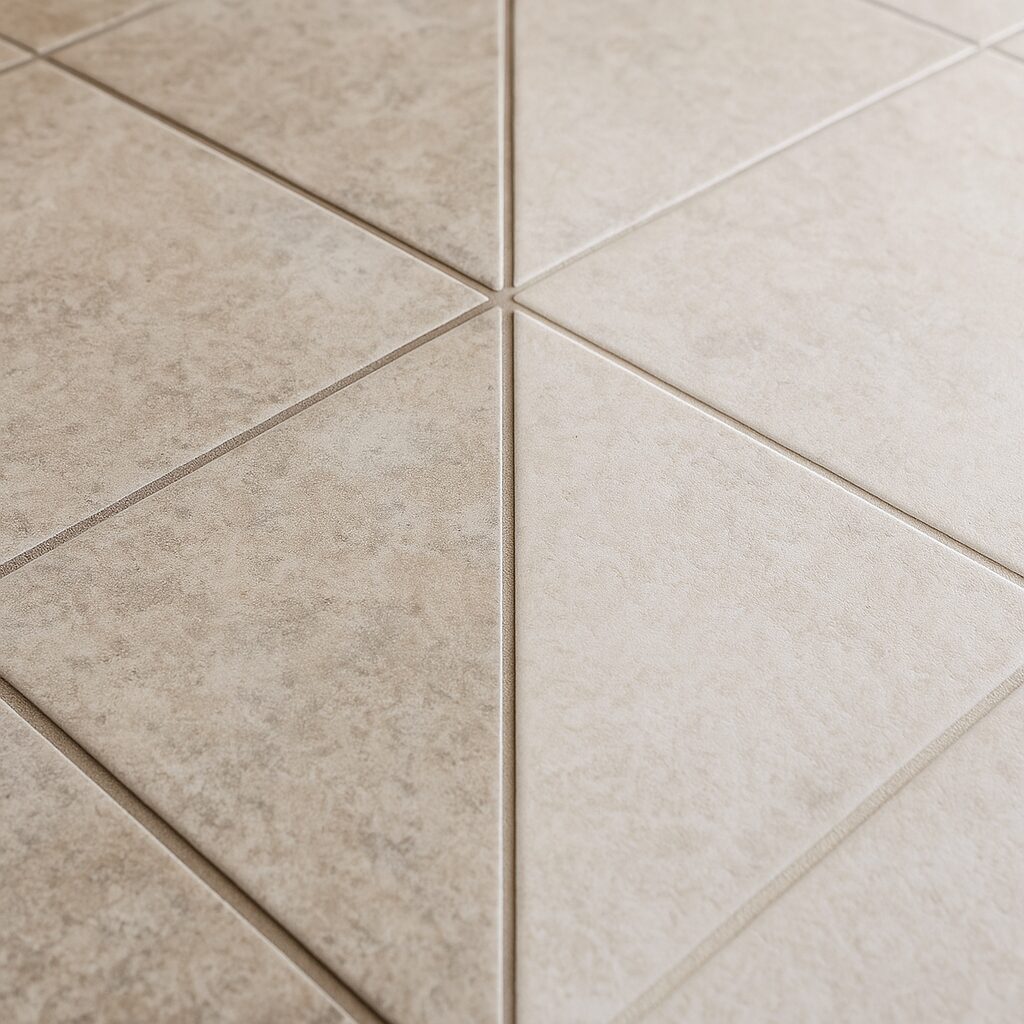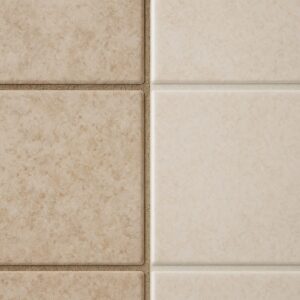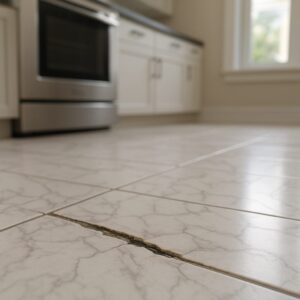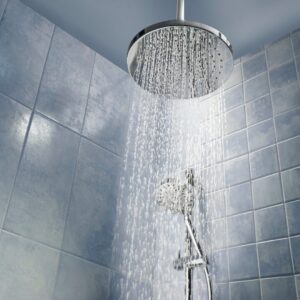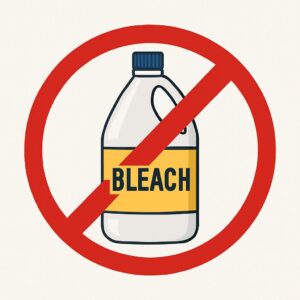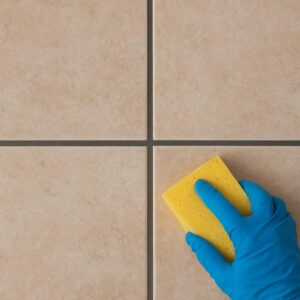Homeowners often face a tough decision. In the first place, should you pick grout recoloring, grout restoration, or full grout replacement? The answer depends on damage, age, and goals. Moreover, local factors matter. Heat, dust, and hard water all play roles. This guide explains clear triggers for each option. You will learn how to judge conditions fast. Then you can choose with confidence.
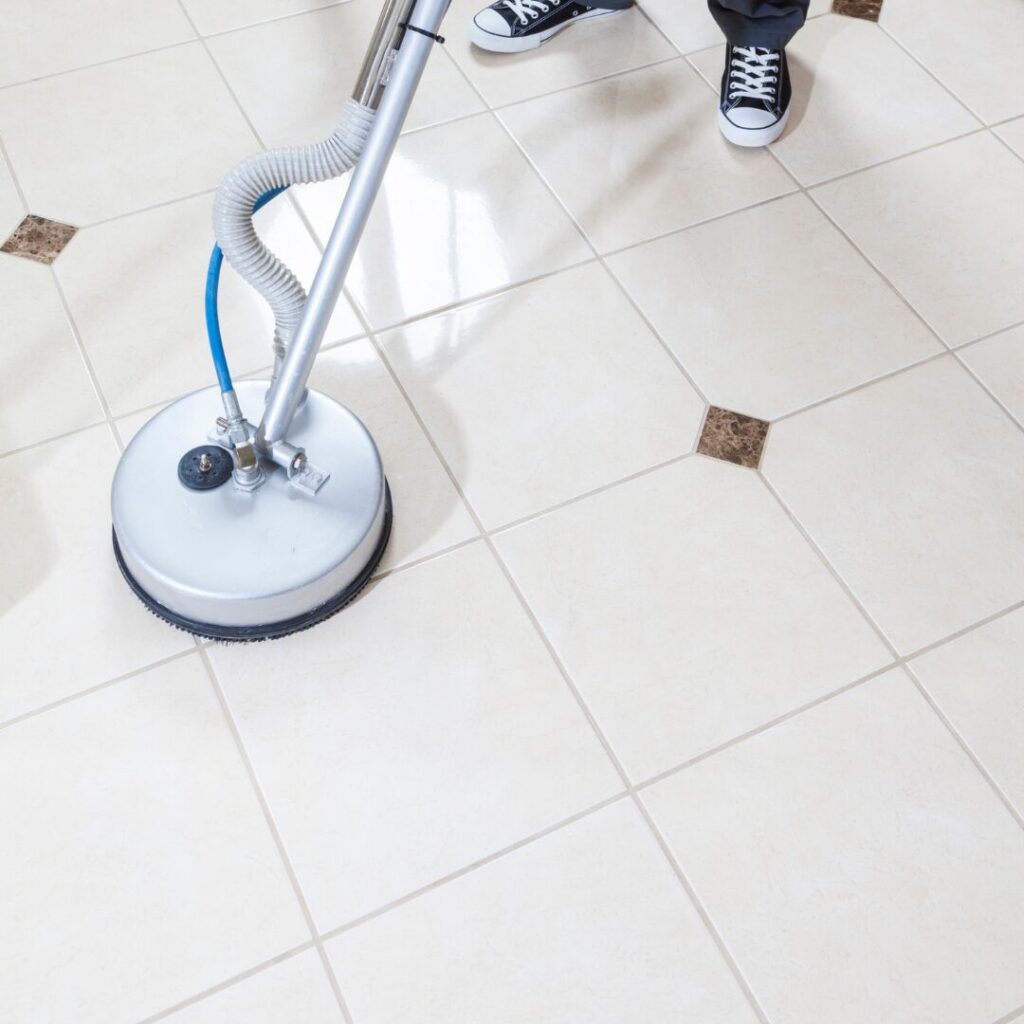
Start with a quick inspection
Look closely at color, texture, and edges. Check lines near sinks and showers. Tap tiles and listen for hollow spots. Note any powdery residue. Light discoloration with sound joints suggests a cosmetic fix. Crumbling joints point toward deeper work. Keep notes and photos. They help you track changes over time.
When grout recoloring is enough
Choose recoloring when the joints are intact. Minor stains or uneven tones are ideal cases. Sealed colorant bonds to the surface. It refreshes the look and boosts protection. The process is fast and tidy. Furniture moves once, and rooms return to use quickly. Furthermore, recoloring cuts waste. It keeps the original lines in place. That saves time and budget.
Recoloring also helps with style updates. Maybe your beige lines look dated. You can deepen them to charcoal for contrast. Or you can lighten them for a cleaner vibe. In many homes, this shift modernizes entire rooms. Tile stays; the space feels new.
When recoloring will disappoint
Even the best colorant can’t cure structural issues. If joints have pits or cracks, color will highlight flaws. Water that enters damaged lines keeps staining active. Showers, hidden moisture undermines results. In kitchens, grease can seep from below. In these cases, recoloring should wait. Underlying problems must be fixed first.
When targeted repair plus recoloring wins
Sometimes a hybrid approach is smart. Small sections may be loose or missing. These can be cut out and re-packed. After curing, the colorant is applied across the room. The finish looks uniform. Costs stay controlled. And downtime remains short. This approach suits busy households in Peoria and Surprise. You get fast results without a full reset.
Signs you need full regrouting
Choose regrouting when joints fail. Look for widespread cracking and flaking. Watch for gaps along tile edges. Persistent mold that returns after cleaning is another sign. So is water intrusion behind walls. If tiles shift underfoot, joints are past saving. In showers and tub surrounds, this decision protects the structure. It also guards indoor air quality.
Age matters, too. Older cement joints that have never been sealed wear thin. Desert dust acts like sandpaper. Hard water leaves salts that weaken lines. After years, the bond erodes. At that point, new joints are insured.
What full regrouting involves
First, failed material is removed with care. Dust control matters in lived-in homes. Next, joints are cleaned and dried. A compatible product is selected. In wet zones, epoxy can be a smart choice. It resists stains and holds long-term. In low-traffic areas, premium cement may suffice. Joints are packed, shaped, and cleaned again. After curing, a high-grade sealer is applied. The room looks crisp and fresh.
This process takes longer than recoloring. However, it resets performance. Leaks stop. Lines become dense and smooth. Cleaning gets easier. In older homes across Scottsdale and Phoenix, regrouting often pairs well with new caulk lines. The envelope becomes tight and reliable.
Cost, time, and disruption are compared
Recoloring costs less and finishes faster. It is mostly a surface fix with protection gains. Hybrid repair plus recolor sits in the middle. It keeps the scope limited. Full regrouting carries the highest cost. But it delivers the longest service life. It also prevents costly water damage. When choosing, weigh the room’s use. A powder bath can accept a cosmetic fix. A master shower usually needs deeper work.
Maintenance after either choice
After work, maintenance keeps results strong. Use a pH-neutral cleaner. Avoid harsh acids and bleach. Rinse well. Dry surfaces after showers when possible. Add ventilation time in humid months. Schedule resealing as recommended. In high-use zones, monitor edges and corners. Catch small issues early. They stay small and cheap.
Local factors to consider
Peoria, AZ homes face unique stressors. Summer heat accelerates curing and evaporation. Dust loads rise after storms. Hard water can leave mineral deposits. These conditions favor strong sealers and regular care. In Sun City West and Surprise, single-level layouts often mean larger tiled areas. A staged plan may reduce disruption. Tackle spaces in sequence and keep life moving.
How to choose with confidence
Ask three questions. Are the joints intact? Do stains return after thorough cleaning? Is moisture intrusion suspected? If joints are sound and stains are the main issue, recoloring fits. If damage or leaks appear, regrouting is safer. When only small areas fail, combine spot repair with recoloring. The finish will look even and last.
Ready for a professional opinion?
A trained eye sees issues fast. Moisture meters confirm hidden problems. Product selection also matters. The right system depends on tile type, room use, and water exposure. You deserve a durable, clean result that matches your style.
Revive Tile & Grout serves Peoria and nearby cities. We inspect, explain, and propose clear options. Then we deliver neat, dependable work. Your surfaces will look great and be easier. Let’s choose the right path for your home.
Contact Revive Tile & Grout today for an expert assessment and a clear plan.

